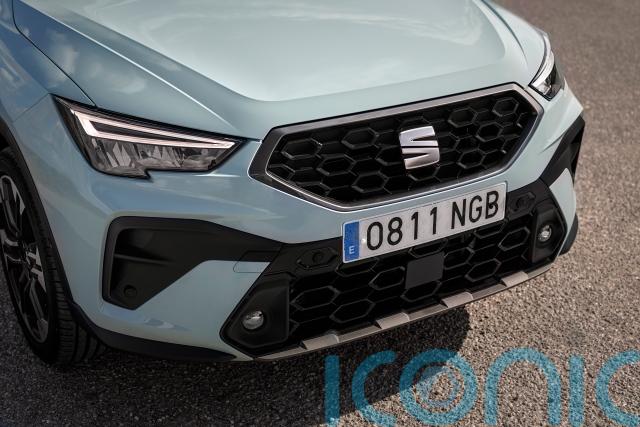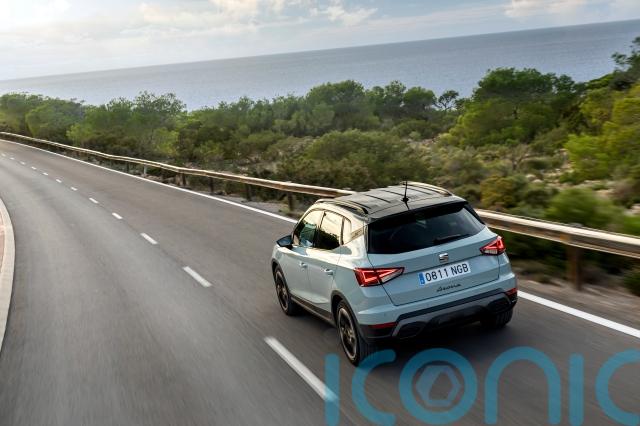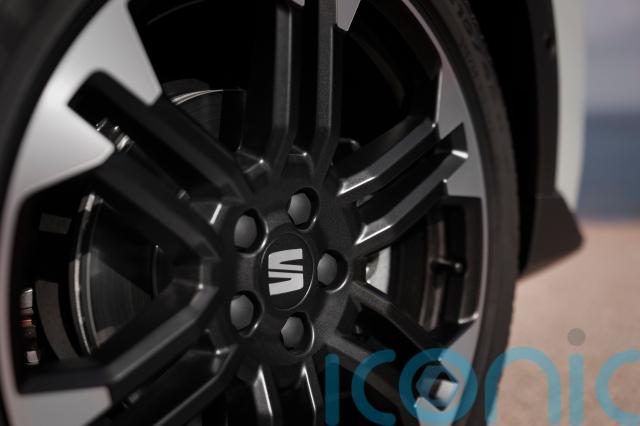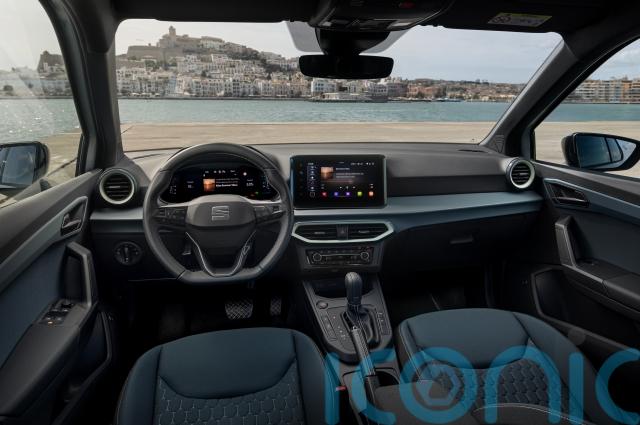

Seat hasn’t exactly been quick off the mark in launching its facelifted Arona. Along with its supermini sibling Ibiza, the small little crossover was teased in pictures by Seat two years ago, laying the ground for the Spanish brand’s comeback. That rebirth is now taking place – parent Volkswagen Group has realigned Seat to be its ‘entry-brand’ – and has rubber-stamped a five-year plan for hybrid engines and a new Leon hatchback.
The new-for-2026 Arona will play a key role in appealing to younger buyers, but even more so considering Seat’s new position within the Volkswagen Group. We’ve driven it for the first time.

This is a game of spot the difference as the updates are hard to spot. Pay attention, though, and you’ll notice the slimmer headlights sitting within a new bumper, and different colours and wheel designs.
There are few trim changes inside, too, but it’s all very muted – Volkswagen hasn’t exactly thrown money around for Seat’s reawakening as there’s a similar level of tweaks to the Arona’s supermini sister, the Ibiza.

Just like with the ‘new’ Ibiza, it’s business as usual. So, you still get the same
1.0-litre, three-cylinder turbocharged petrol TSI engine with 94bhp twinned with five-speed manual gearbox (yes, five gears in 2025) as before, or a 114bhp version.
The more powerful unit comes with the choice of a six-speed manual or a seven-speed DSG automatic. Sitting at the top of the range is a 1.5-litre turbocharged four-cylinder petrol with 148bhp, coming exclusively with the seven-speed DSG.
Both the Arona and Ibiza take a tiny step towards electrification in 2026 as mild-hybrid engines join the range.

As this is a surprisingly light facelift for a refreshed brand, it won’t be a shock to hear that the Arona drives exactly the same as before. That’s no bad thing as it was always one of the better little crossovers to get behind the wheel of. It feels nice and agile on a twisting road, with well-weighted steering and excellent body control.
Meanwhile, in town, the light steering makes tight manoeuvres a doddle. The only real bugbear is the ride – it’s on the firm side, which will be fine for some and does aid that tight body control. But newer rivals like the Ford Puma show you can have tidy handling but not at the expense of ride comfort.

While the light changes to the Ibiza have only underlined what a neatly proportioned little supermini it is, this warmed over Arona emphasises how old it is.
Bar a few changes here and there, this is the same Arona that launched in 2017; park it next to a Puma or a Vauxhall Mokka and it looks positively ancient. It’s still a smart-looking thing, though, and is at its best in top-spec FR Sport trim.

Seat has added a few new materials for the seats and door-cards, but, again, this is the same interior that the Arona launched with in 2017. There are a few too many low-quality plastics on show for our liking, the touchscreen looks like a children’s tablet computer, and the design is quite plain overall. But, there are some positives.
Because it’s from an earlier time, there are physical knobs and buttons for features like the climate control. Also, the Arona has escaped Volkswagen’s fascination with touch-sensitive buttons on the steering wheel as seen in newer models. It may be a little dull, but the Arona’s interior is well laid out and has a pleasing familiarity to it. Meanwhile, as for space, the Arona’s back seats are starting to feel a little tight compared to rivals, but the 400-litre boot is excellent.

Seat has slimmed down the trim range, which is sensible as the old Arona came in many, many flavours. Basic-level ‘S’ and top-spec ‘XCellence’ have been ditched, leaving SE, SE Technology, First Edition and FR Sport.
As the SE is now the entry trim, it now looks very well equipped. It gets that 8.25-inch touchscreen with Apple CarPlay and Android Auto connectivity, a cooled wireless smartphone charger, and a leather steering wheel. The FR Sport gains sportier bodywork and front bucket seats.
Seat hasn’t confirmed prices yet, but we would imagine the SE would kick things off at around £23,000, with the FR Sport coming it at under £29,000.
Seat could have done a lot more with the Arona, and in many ways it should have done. When you bear in mind how popular the small SUV market is, a warmed-over car dating back to 2017 is unlikely to deliver the sales figures.
But, if you like your cars to be simple and to drive well, there’s still plenty to like here. The mild-hybrid engines can’t come soon enough, though.
Subscribe or register today to discover more from DonegalLive.ie
Buy the e-paper of the Donegal Democrat, Donegal People's Press, Donegal Post and Inish Times here for instant access to Donegal's premier news titles.
Keep up with the latest news from Donegal with our daily newsletter featuring the most important stories of the day delivered to your inbox every evening at 5pm.